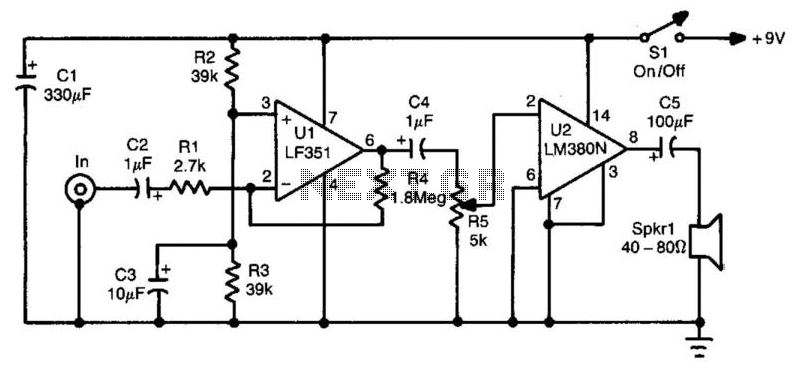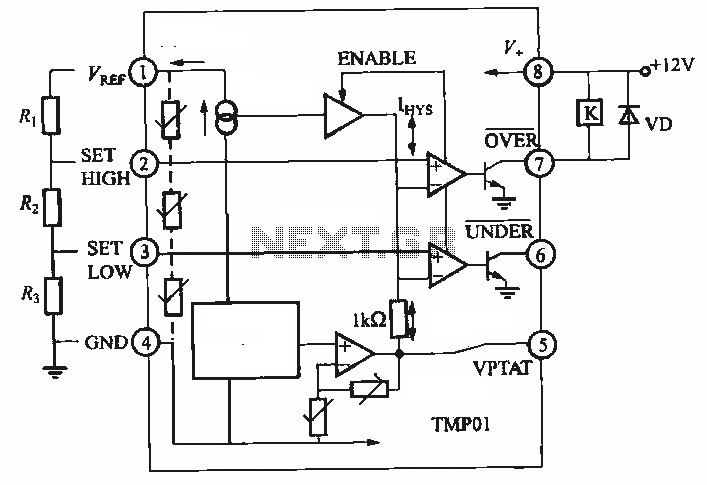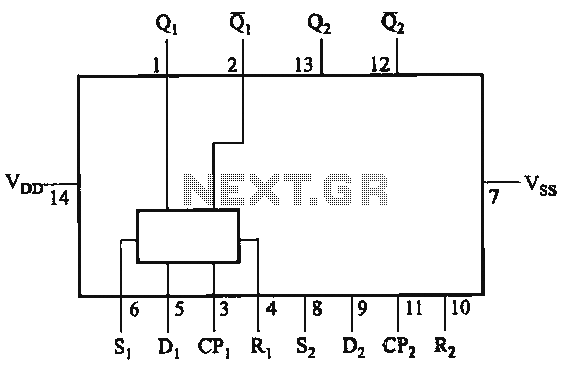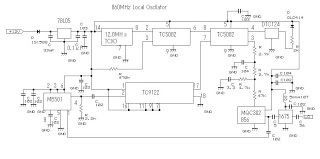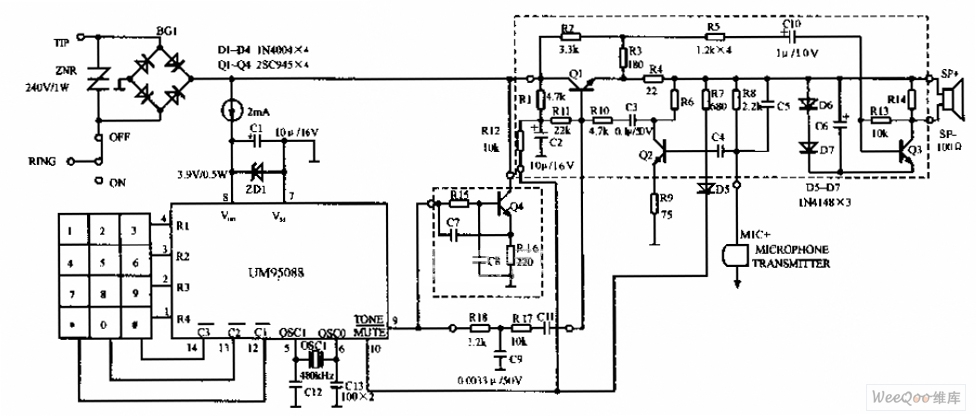
20W 1296Mhz Amplifier Module Circuit
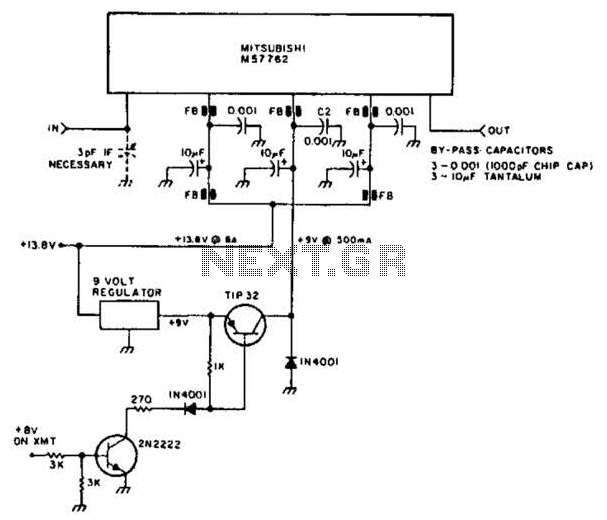
Using a Mitsubishi M57762 amplifier module, this amplifier delivers 20 W output at 1296 MHz. A single 12 V nominal power supply can be used.
The Mitsubishi M57762 is a high-performance RF amplifier designed for applications requiring significant power output at microwave frequencies, specifically tuned to operate efficiently at 1296 MHz. This module is capable of delivering an output power of 20 watts, making it suitable for various communication and transmission applications, including amateur radio and satellite communications.
The amplifier operates with a single 12 V nominal power supply, which simplifies the power management requirements in the overall circuit design. The input stage of the M57762 is designed to accept low-level RF signals, which are then amplified through a series of internal gain stages. The output stage is optimized for high efficiency, ensuring minimal power loss while maximizing the output power delivered to the load.
To implement this amplifier in a circuit, appropriate input and output matching networks must be designed to ensure maximum power transfer and to minimize reflections that could lead to signal degradation. These matching networks typically involve the use of inductors and capacitors arranged in a configuration that matches the impedance of the amplifier to that of the antenna or the next stage in the signal chain.
Thermal management is also a critical aspect of the design, as high-power RF amplifiers can generate significant heat during operation. Adequate heat sinking and possibly active cooling methods should be considered to maintain the amplifier within its safe operating temperature range.
In summary, the Mitsubishi M57762 amplifier module offers a robust solution for high-power RF amplification at 1296 MHz, with a straightforward power supply requirement and the potential for integration into various RF applications. Proper circuit design considerations, including impedance matching and thermal management, are essential for optimal performance. Using a Mitsubishi M57762-amplifier module, this amplifier delivers 20-W output on 1296 MHz. A single 12-V nominal power supply can be used.
The Mitsubishi M57762 is a high-performance RF amplifier designed for applications requiring significant power output at microwave frequencies, specifically tuned to operate efficiently at 1296 MHz. This module is capable of delivering an output power of 20 watts, making it suitable for various communication and transmission applications, including amateur radio and satellite communications.
The amplifier operates with a single 12 V nominal power supply, which simplifies the power management requirements in the overall circuit design. The input stage of the M57762 is designed to accept low-level RF signals, which are then amplified through a series of internal gain stages. The output stage is optimized for high efficiency, ensuring minimal power loss while maximizing the output power delivered to the load.
To implement this amplifier in a circuit, appropriate input and output matching networks must be designed to ensure maximum power transfer and to minimize reflections that could lead to signal degradation. These matching networks typically involve the use of inductors and capacitors arranged in a configuration that matches the impedance of the amplifier to that of the antenna or the next stage in the signal chain.
Thermal management is also a critical aspect of the design, as high-power RF amplifiers can generate significant heat during operation. Adequate heat sinking and possibly active cooling methods should be considered to maintain the amplifier within its safe operating temperature range.
In summary, the Mitsubishi M57762 amplifier module offers a robust solution for high-power RF amplification at 1296 MHz, with a straightforward power supply requirement and the potential for integration into various RF applications. Proper circuit design considerations, including impedance matching and thermal management, are essential for optimal performance. Using a Mitsubishi M57762-amplifier module, this amplifier delivers 20-W output on 1296 MHz. A single 12-V nominal power supply can be used.

